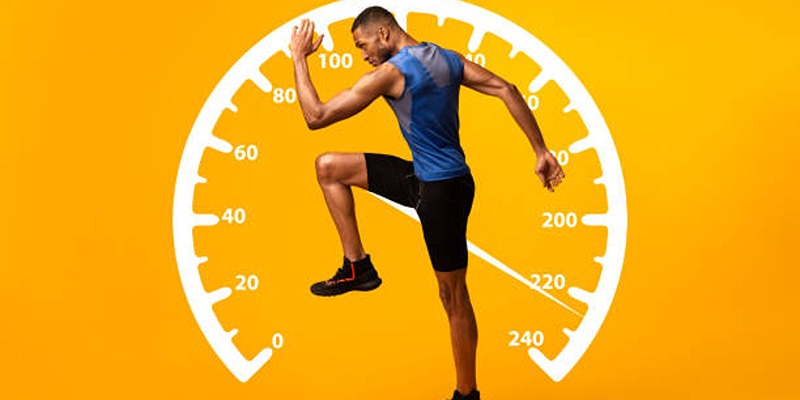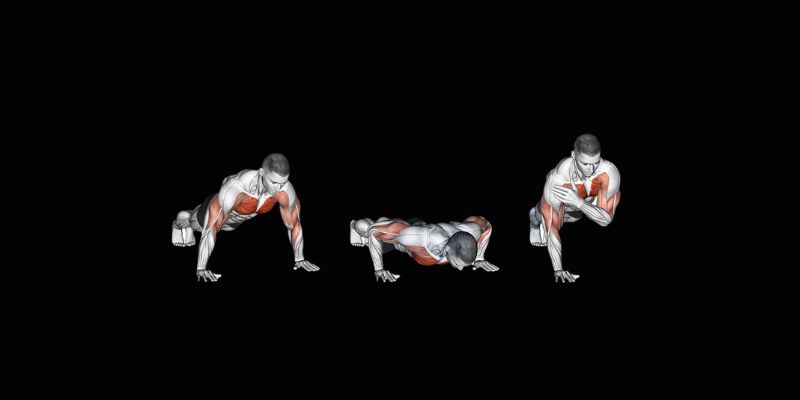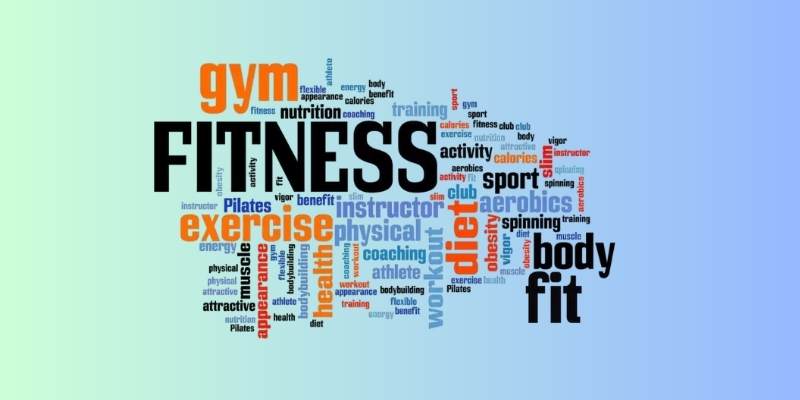Improving your golf game goes beyond hitting balls at the range. Golf requires rotation, balance, and posture, but many struggle due to a lack of conditioning. Golf-specific exercises target key muscles, boosting flexibility and control. These workouts create a stronger, smoother swing, helping you play better and more consistently.
Benefits of Golf Swing Exercises
 Exercises on the golf swing come with a lot of benefits that can improve your game. They do not only increase your physical performance, but they also prevent injuries and overall consistency on the course.
Exercises on the golf swing come with a lot of benefits that can improve your game. They do not only increase your physical performance, but they also prevent injuries and overall consistency on the course.
Build Core Strength
The hub of your swing is found in your core. A powerful core can assist you in rotating your torso easily as well as passing the energy generated in your legs to the club. Lacking the strong core center, your swing can feel like a weak and wobbly one.
Improve Flexibility
The good flexibility enables you to motion your shoulders and hips as you turn in your backswing and the follow-through. It aids you to generate additional clubhead velocity and strike the ball even longer. Flexibility as well makes you less prone to muscle strain and tightness.
Increase Balance and Coordination
Every phase of the golf swing depends on balance. Whether you’re taking a full swing or a short chip shot, you need control. Balance training helps you stay steady through impact, which improves your accuracy.
Best Exercises to Improve Your Golf Swing
Below are the best exercises that focus on strength, flexibility, balance, and control—all key to improving your golf swing. Regularly practicing these exercises can enhance your game and reduce the risk of injury over time.
1. Standing Torso Rotations
This is one of the most golf-specific warm-up moves and a great way to prepare your body before hitting the course.
How to Do It:
- Start by standing with your feet firmly planted, about shoulder-width apart, to maintain balance.
- Place a golf club across your shoulders, holding it lightly with both hands behind your neck.
- Gently twist your torso to the left, then to the right, keeping your hips steady and avoiding any sudden movements. Focus on smooth, controlled rotations to protect your back.
Why It Works:
This exercise builds mobility in your spine, improves rotational flexibility, and mimics the motion of a golf swing. It also helps loosen up your shoulders, back, and core muscles, which are all essential for an efficient and powerful swing. Incorporating this move into your warm-up routine ensures your body is prepared for the dynamic motion of golf.
2. Glute Bridges
A solid swing starts with strong hips and a stable lower back, and glute bridges are perfect for strengthening these areas.
How to Do It:
- Lie on your back with bent knees and feet flat.
- Place arms by your sides.
- Push through your heels to lift your hips into a straight line.
- Lower with control and repeat 10–15 times.
Why It Works:
Glute bridges strengthen your glutes, lower back, and hip muscles, all of which are crucial for generating power during your swing. They also promote good posture and help stabilize your pelvis, preventing unnecessary movement during your swing for better accuracy.
Resistance Band Rotations

Resistance bands are a great tool for building rotational strength and muscle memory, both of which play a huge role in a powerful golf swing.
How to Do It:
- Attach a resistance band to a fixed point at chest level.
- Stand sideways, feet apart, and grip the band with both hands.
- Extend arms forward and twist your torso away from the anchor.
- Slowly return and repeat 10–12 times per side.
Why It Works:
This exercise strengthens the oblique muscles that drive the rotational part of your swing. It also increases control and consistency by training you to maintain balance during the movement. Over time, resistance band rotations can improve your power and help you hit longer, straighter shots.
Single-Leg Balance Drill
Balance is a key component of a clean, controlled swing, and this exercise targets your stability and coordination directly.
How to Do It:
- Balance on one foot for 30 seconds.
- Switch legs and repeat.
- Make it harder by closing your eyes or adding a prop like a ball or golf club.
Why It Works:
This drill strengthens the muscles around your ankles and improves your overall body awareness. A well-balanced swing leads to better weight transfer and cleaner ball contact, improving both your control and power on the course.
5. Cat-Cow Stretch
Stretching your spine is vital for maintaining fluidity and preventing stiffness in your swing. The Cat-Cow stretch is an excellent way to improve spinal flexibility.
How to Do It:
- Get on hands and knees, back flat.
- Inhale, lower your belly and look up.
- Exhale, round your spine and tuck your head.
- Repeat slowly for 10 breaths.
Why It Works:
This stretch improves flexibility in your back and helps prevent stiffness that can hinder your swing mechanics. It’s also a great way to relax and prepare your body for a long day on the course.
6. Seated Trunk Rotations
Even while seated, you can practice the rotational movement key to a strong swing. This exercise helps isolate and strengthen your upper body rotation.
How to Do It:
- Sit upright on a sturdy chair with feet flat.
- Place a golf club behind your neck, resting on your shoulders.
- Twist your torso left and right without moving your lower body. Do 10–12 twists per side.
Why It Works:
Seated trunk rotations teach you how to rotate your upper body independently of your hips and lower back. This reduces the risk of overusing those areas during your swing, improving efficiency and protecting you from injuries.
Sample 3-Day Golf Workout Plan
You can start seeing results by following this workout just three days a week. Combine flexibility, strength, and balance for a complete golf-focused routine.
Day 1 – Core Focus
- Planks – 3 rounds of 30–45 seconds
- Glute Bridges – 3 sets of 15 reps
- Standing Torso Rotations – 2 sets of 15 reps per side
Day 2 – Balance & Rotation
- Single-Leg Balance – 3 sets, 30 seconds each leg
- Resistance Band Rotations – 3 sets of 10 reps per side
- Seated Trunk Rotations – 2 sets of 20 reps
Day 3 – Flexibility & Mobility
- Cat-Cow Stretch – 10 slow reps
- Standing Torso Rotations – 2 sets of 20 reps
- Glute Bridges – 2 sets of 15 reps
Tips to Maximize Your Results
Consistency and proper technique are key to getting the best results from your fitness routine. Pairing workouts with healthy habits ensures long-term success and improves overall well-being.
Warm Up Before Each Session
Before starting, spend 5-10 minutes warming up. Light cardio like jogging in place, jumping jacks, or brisk walking gets your heart rate up and prepares your body. Add dynamic stretches like arm circles or leg swings to loosen muscles and improve range of motion.
Perform Exercises Slowly and Correctly
Take your time with each exercise. Focus on proper posture, engaging your core, and steady breathing. Slow, controlled movements activate the right muscles and maximize the workout's benefits.
Track Your Progress
Keep a workout log to track progress. Record sets, reps, or hold times, and note how you feel afterward. As you improve strength, balance, and flexibility, gradually increase difficulty by adding reps, holding positions longer, or using resistance bands..
Conclusion
Improving your golf swing starts off the course. These exercises will help you strengthen your core, improve balance, and build the flexibility you need for a smooth and powerful swing. You don’t need expensive gear or a gym membership—just a few minutes, a resistance band, and consistency. Start by picking a few exercises and building up your routine. With time, you’ll notice more control, less fatigue, and better scores on the course. Stick to this plan and let your swing do the talking!












